The document “Working on Ladders Risk Assessment” outlines a comprehensive risk assessment for ladder-related activities. Key elements include:
General Information
- Activity: Working on ladders
- Date:
- Location and Project:
- Equipment:
- Revision Status:
Potential Hazards
- Falls from height
- Falling materials
- Electricity hazards
- Manual handling issues
- Adverse weather
- Slips/tripping
Persons at Risk
- Employees
- Subcontractors
Mandatory HSE Requirements
- Safety induction
- Tool box talks
- Proper PPE
- Safe workplace
- Work permit
- Proper tools/equipment
- Proper supervision
- Proper barricade and warning signs
Personal Protective Equipment (PPE) Requirements
- Safety helmet
- Safety boots
- Overalls
- Full body safety harness
Control Measures for Specific Hazards
- Improper ladder/damaged ladder: Use only standard ladders; thorough checks before use.
- Improper placing of ladder: Ensure stable ground; secure ladder properly.
- Improper use: Use suitable ladders, follow safety rules, and avoid overreaching.
- Electrical hazards: Keep a safe distance from power lines, use non-conductive ladders.
- Falling tools: Secure tools with lanyards; use tool bags.
- Fatigue: Implement regular breaks, task rotation, and provide hydration.
- Working in confined spaces: Conduct specific risk assessments; ensure ventilation and communication.
- Slippery surfaces: Keep work area dry and clean, use slip-resistant footwear.
- Adverse weather conditions: Monitor and stop work if unsafe.
- Inadequate lighting: Ensure proper lighting; use portable lights if necessary.
Risk Level Matrix
- Risk levels are categorized as high (15-25), medium (7-14), and low (1-6).
- Likelihood and Severity are rated from 1 (lowest) to 5 (highest).



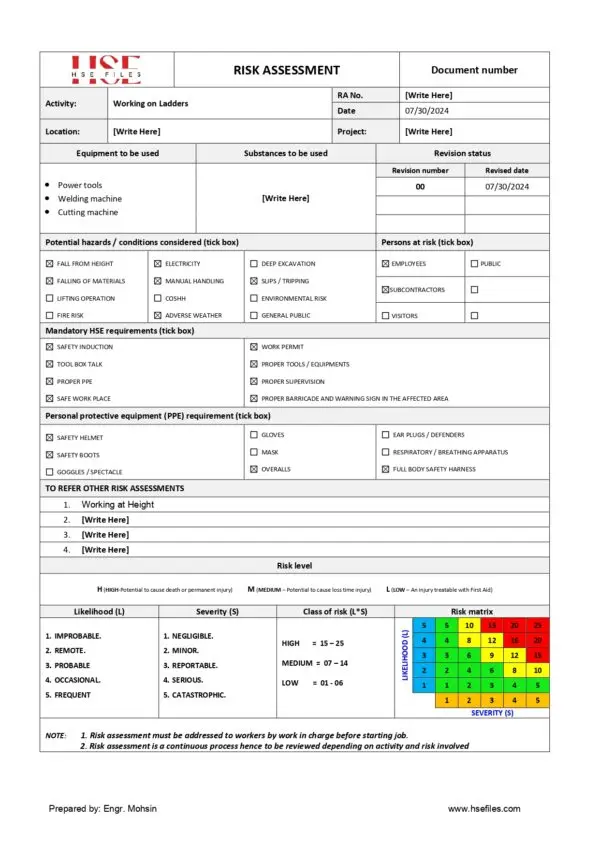
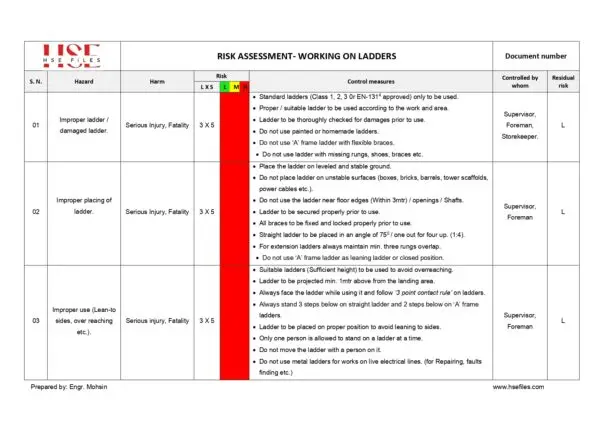
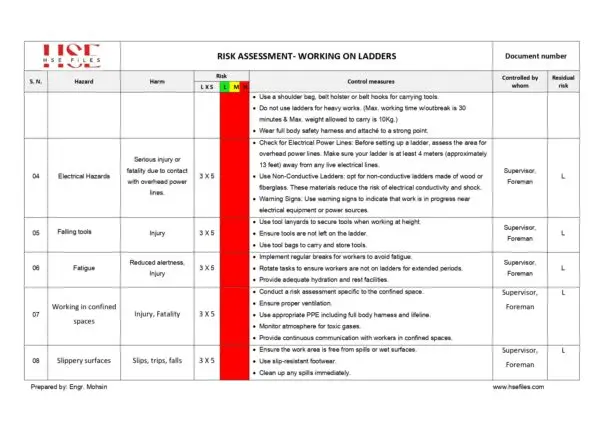
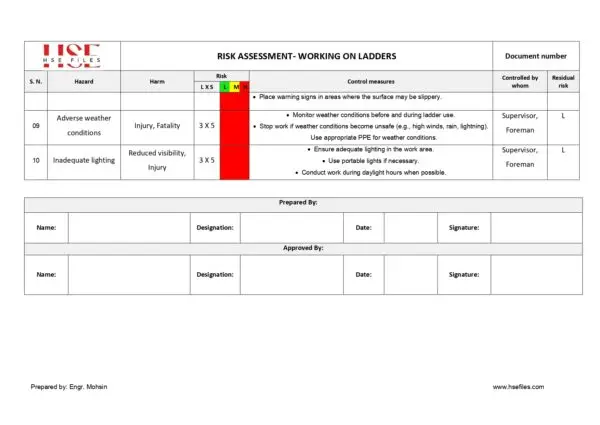

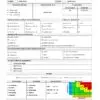
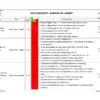
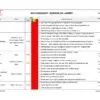

 Working on Ladders Risk Assessment: The attached document is a powerful tool for identifying and mitigating risks associated with work involving ladders. It’s more than just a form—it’s a proactive step toward safety excellence.
Working on Ladders Risk Assessment: The attached document is a powerful tool for identifying and mitigating risks associated with work involving ladders. It’s more than just a form—it’s a proactive step toward safety excellence.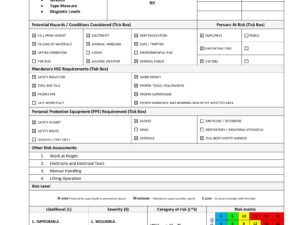
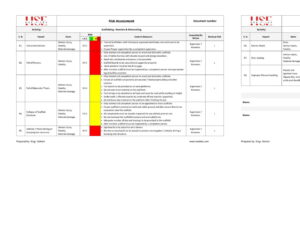
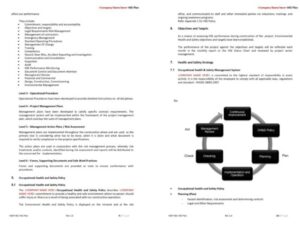
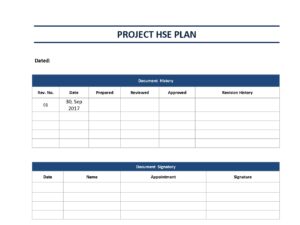

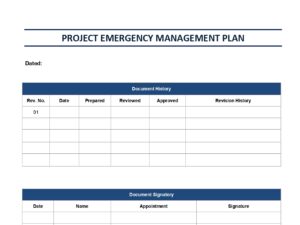
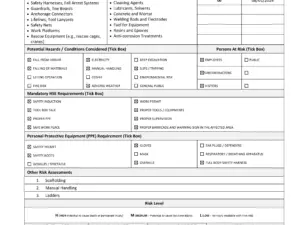



Reviews
There are no reviews yet.